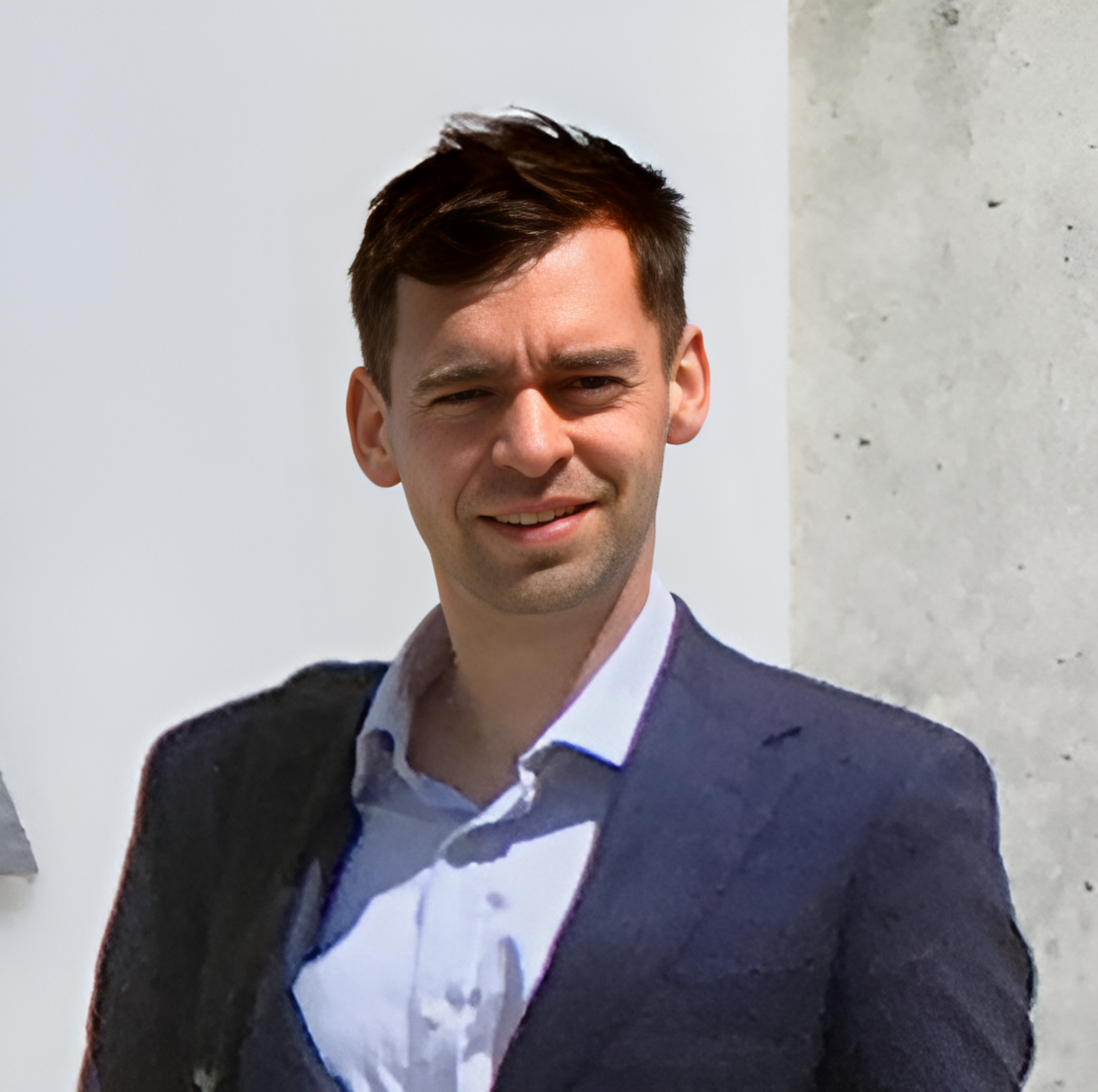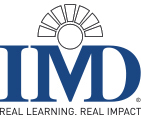- Learning
Attention, Energy, & Momentum: Thriving in a New Normal
Managing attention spans and maintaining high energy in our increasingly digital daily lives
With the accelerating effect of a global lockdown on digital transformation, Dr Katharina Lange, Professor of Leadership at the Institute for Management Development (IMD) in Switzerland, offers advice on managing attention spans and maintaining high energy in our increasingly digital daily lives—plus her perspective on emerging from the crisis on the front foot.
A near global ‘lockdown’ has meant a massive pivot to online work in all forms—from the now ubiquitous Zoom meetings, and to all corners of education and academia too. There was consensus at the roundtable that many of these new behaviours would not be reversed and would instead form part of a much talked of ‘new normal’, in business and beyond. Exponential growth in remote working, virtual meetings, and online learning: these things are here to stay.

Speaking to this issue, Dr Katharina Lange addressed two practical areas she sees as absolutely key to ensuring success in the burgeoning digital learning arena—attention, and energy. “In executive education the challenge of needing to manage the attention span of an executive group has always been there. Online though, the challenge is much greater. In the virtual classroom, everybody has something better to do, right? You can check your emails, let your mind drift. Executives have a choice of where to place their attention—they can flick a switch.”
To combat this effect, the answer is a simple one—though far from easy to achieve. “To manage attention spans we need to be delivering highly dynamic and highly entertaining classes, and this is something that faculty really have to get their heads around.”
There is a third component too, without which the dynamic and entertaining delivery will still fail, and that, as Dr Lange emphasises, is high value content. “It really has to be worth your time as an executive to attend every online session. If we are not delivering value, then the executives have a choice—flick that switch and divert their attention elsewhere.”
Seeing the crisis as an indicator for our areas of improvement can be extremely painful but incredibly helpful
“I once taught a class of lawyers from a large law firm, where the lawyers were used to charging the client by the six-minute increment,” shared Dr Lange. “As a result, they were expecting me to deliver value by increments of six minutes too. I decided I would need to deliver value every five minutes—in order to keep them with me.” This anecdote and Dr Lange’s solution to the problem that was posed to her, is illustrative of a need now for online practitioners to look at new approaches to managing the attention span of their audience—and delivering value continuously, in an increasingly congested digital work space.
A second puzzle piece that comes with the digital transformation of executive education is managing energy. “One focus of my teaching in leadership has been managing energy. For me it is one of the key things you need to learn as an executive,” she explains.
Dr Lange sees this managing of energy as crucial on all sides—the faculty and other members of the online presentation team, as well as the audience. “For participants, two days of intense learning online can be exhausting—and for the faculty it’s even more difficult. The preparation that goes into each session is immense. So there is the energy required for preparation, the energy in the delivery, and the energy of your audience too—which needs to be very carefully managed.”
For Dr Lange, the hard work being put in now across the spectrum, from professors to participants—many working in unfamiliar territory—is work that will bring future rewards. “I think virtual learning, and virtual working, is like a muscle. We all have been forced to train that muscle in the last couple of weeks. I don't think this will go away, and I think we will be happy that it doesn’t. We have an opportunity here to keep on using that muscle moving forward, and we should take it.”
Finally, applying that lens of opportunity spotting more broadly, Dr Lange encouraged the roundtable audience to think about how to come out of the crisis on the front foot. “What can we learn from it? How can we emerge out of the crisis stronger, with momentum, and with sustainable advantage? Any crisis surfaces weaknesses, weaknesses in (healthcare) systems, weaknesses in business models, weaknesses in ourselves. Seeing the crisis as an indicator for our areas of improvement can be extremely painful but incredibly helpful. We can take the moment to realize—wow—there is something here I really need to do better. If you take that chance, you will get out of the crisis with momentum.”
Dr Katharina Lange is Professor of Leadership at the Institute for Management Development (IMD). Follow the latest research from IMD on LinkedIn and Twitter.
IMD is a top-ranked business school, expert in developing leaders, transforming organizations and creating immediate and long-term positive impact.
ARTICLES YOU MIGHT LIKE
VIEWPOINT
For Thomas Misslin, transformation rather than training is the aim of executive education at emlyon business school
DEVELOPING LEADERS QUARTERLY MAGAZINE AND WEEKLY BRIEFING EMAILS


































